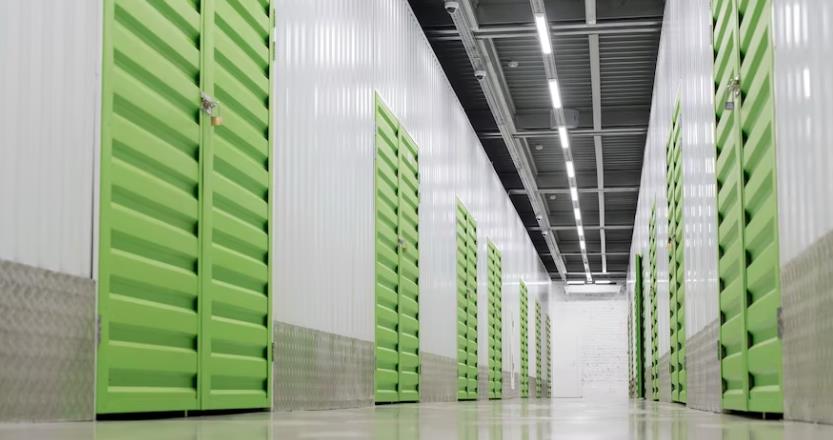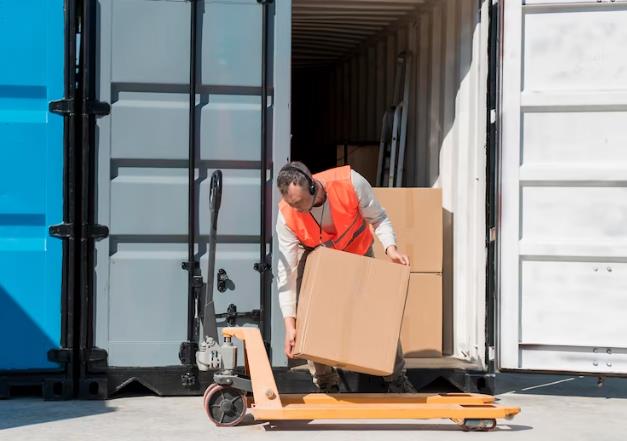In an ideal situation, moving homes is usually a planned undertaking. However, some circumstances will have entire families needing to move to a new location within specific time constraints. For instance, corporate or military personnel can get assigned to a new location on such short notice.
When relocating to an unfamiliar city, you may find yourself looking at various rental options. Of course, you’ll be looking for a new place to eventually settle in, but there is one option that can function as a sort of middle ground until that happens: leasing a fully furnished apartment or condo.
Corporate Housing
Opting for corporate housing or furnished accommodations offers you a wider array of choices. It also takes away the pressure of having to find a home to rent at the soonest time possible. Rather than settling for a house you won’t really want down the line or renting an apartment that doesn’t suit you, you can find comfortable long-term furnished rentals.
Corporate housing typically offers you everything you’d have if you were renting: a washer and dryer, fully furnished kitchens, and other furniture. It’s somewhat like staying in a hotel, but with many more amenities. Also, the cost is most often a lot lower than hotel stays.
Though there are many benefits to doing this, there are also some drawbacks. For instance, what happens to all the stuff you brought along from your previous rental? Even though you’d be living in corporate housing or a fully furnished property, you certainly wouldn’t want to get rid of everything you won’t be using for the moment!
This is where long-term storage comes in. Now, whether you decide to go with an extended stay option or you just need to know about storage options while you move, here are some tips to help you sort it out.

Long-term Storage Options
There are typically three options for storing your belongings when moving: on site, portable units, and off site. A little knowledge about each can help you estimate your total moving costs.
- On site storage: Many properties do have on site storage in the form of garages, sheds, closets, or lockers. The biggest drawback to those is that they don’t typically offer a lot of space. However, they usually come for free or at a very minimal cost.
- Off site storage: Off site facilities offer quite a bit of space, and can be either temperature controlled or not. Depending on the type, size, and availability, they can cost anywhere between $70-$300 per month. Some movers have their own off site storage facilities, so you can ask yours for a quote.
- Portable storage: If you do lease a property, odds are you won’t be able to put a portable storage unit there due to space limitations. But if you have a relative or friend with the extra space nearby, you might be able to opt for this arrangement. Portable storage containers cost a bit less than off site storage, and you can move your stuff without unloading and reloading multiple times.
Essential Long-Term Storage Tips
When storing items there are a few things you should know:
- First off, you should never store anything combustible. This includes propane tanks, gasoline or paint and other similar products.
- Perishable food may seem like a no brainer for many, but talk to anyone who has ever rented storage: people try that all the time.
- Additionally, medical supplies or other dangerous materials are not something you want to put it storage.
- Before using a storage unit, you should always plan ahead. When packing items, try to fill each box as much as you safely can. That way, you can stack the boxes better without the weight of those on top crushing those beneath.
- Label each box, and when you’re putting them in the unit, leave a walk way so you can easily access the stuff you’ve stored.
- If you’re storing larger appliances you can store items inside of them to save space. Consider leaving your refrigerator door ajar, slightly, to help prevent molding.
Key Takeaway
Before choosing any storage facility, be sure to also look into what security measures are in place to keep your belongings safe. Each unit should be closed with metal gates and secured by a lock. Some have security cameras and guards, and many still offer a fenced or gated setup to keep people from wandering through.


 Log in
Log in Free Trial
Free Trial






